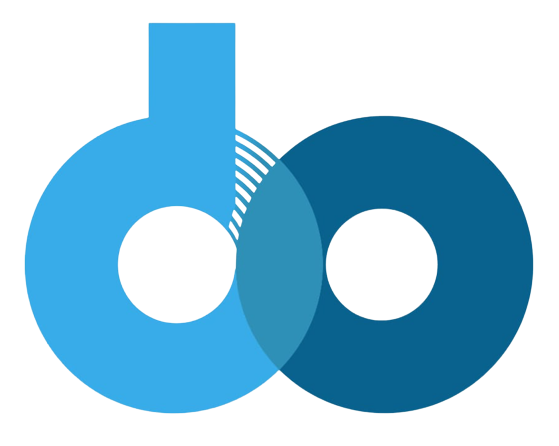One term that echoes loudly is Proof-of-Work (PoW). But what exactly is this consensus algorithm that underpins the security and functionality of some of the most well-known cryptocurrencies like Bitcoin? Let’s demystify Proof-of-Work in a straightforward breakdown.
The Basics: What is Proof-of-Work?
Verification through Computation: At its core, Proof-of-Work is a consensus algorithm used to validate and confirm transactions on a blockchain. Unlike traditional systems where a central authority verifies transactions, PoW relies on a decentralized network of participants to solve complex mathematical problems.
Mining: The Engine of PoW: In the PoW process, participants, known as miners, compete to solve intricate mathematical puzzles. The first miner to successfully solve the puzzle gets the right to add a new block of transactions to the blockchain. This process is commonly referred to as mining.
How Does Proof-of-Work Work?
Transaction Verification: When a user initiates a transaction on the blockchain, it is broadcasted to the network. Miners collect these transactions and package them into a block.
The Mining Race: The newly formed block is then subjected to a cryptographic puzzle that miners must solve. The puzzles are designed to be complex and time-consuming but easy to verify once solved. Miners use their computational power to attempt to solve the puzzle.
Validating the Block: The first miner to successfully solve the puzzle broadcasts the solution to the network. Other miners quickly verify the solution. Once validated, the new block is added to the blockchain, and the miner is rewarded with newly minted cryptocurrency and transaction fees.
Advantages of Proof-of-Work
Decentralization: PoW ensures decentralization by distributing the power to validate transactions across a network of miners. No single entity has control over the entire process.
Security Through Computation: The computational power required to solve PoW puzzles makes it extremely difficult for malicious actors to alter past transactions or compromise the integrity of the blockchain.
Fair Distribution of New Coins: Miners are rewarded with newly created cryptocurrency for their efforts in securing and validating transactions. This process ensures a fair distribution of new coins, promoting wider participation in the network.
Challenges and Criticisms
Energy Consumption: One of the primary criticisms of PoW is its energy consumption. Mining operations, especially for major cryptocurrencies like Bitcoin, require significant computational power, leading to concerns about environmental sustainability.
Centralization Risks: While PoW is designed to be decentralized, the concentration of mining power in specific regions or by a few entities has raised concerns about potential centralization risks.
Proof-of-Work remains a foundational concept in the world of blockchain, providing a secure and decentralized way to validate transactions. While it faces challenges, ongoing research and discussions within the crypto community aim to strike a balance between security, decentralization, and environmental sustainability in the ever-changing landscape of consensus algorithms.
